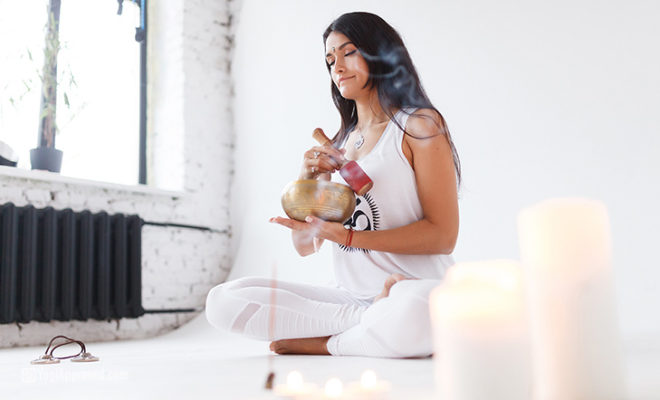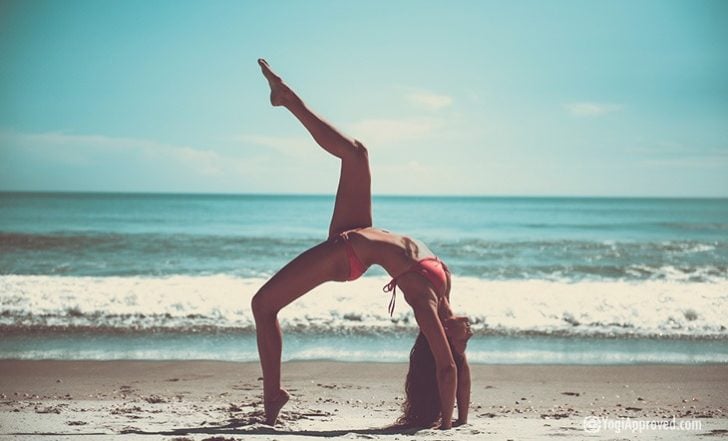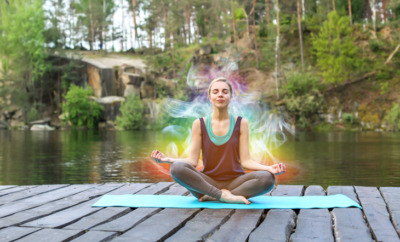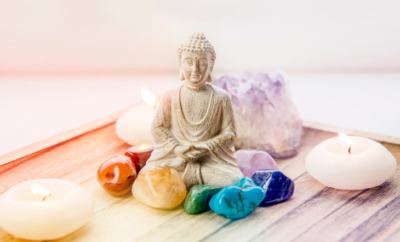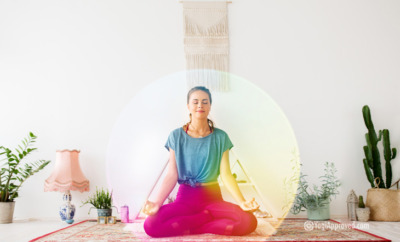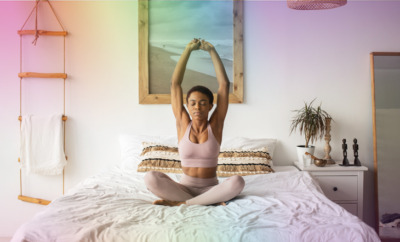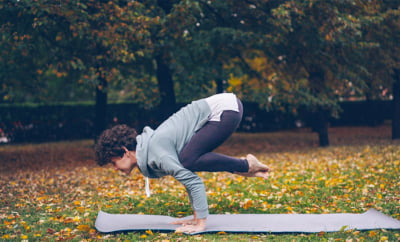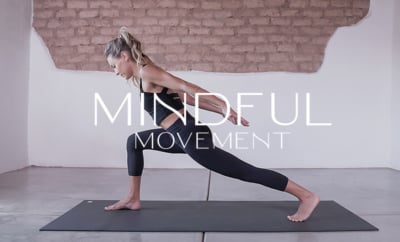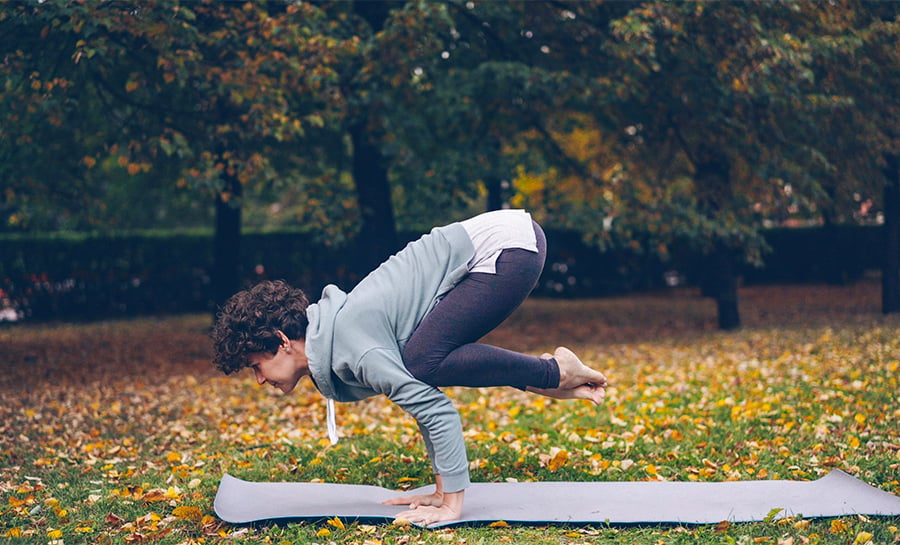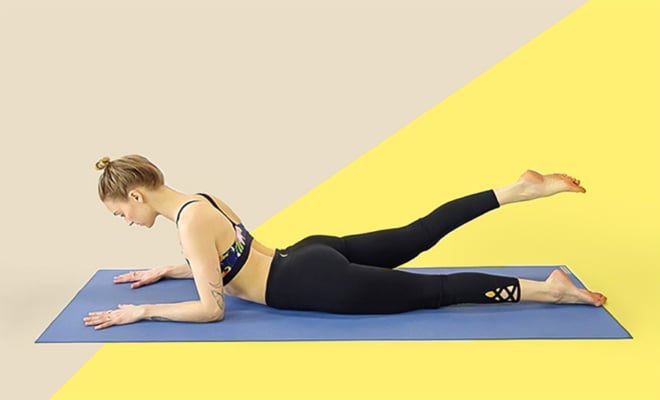An Introduction to Kundalini Yoga
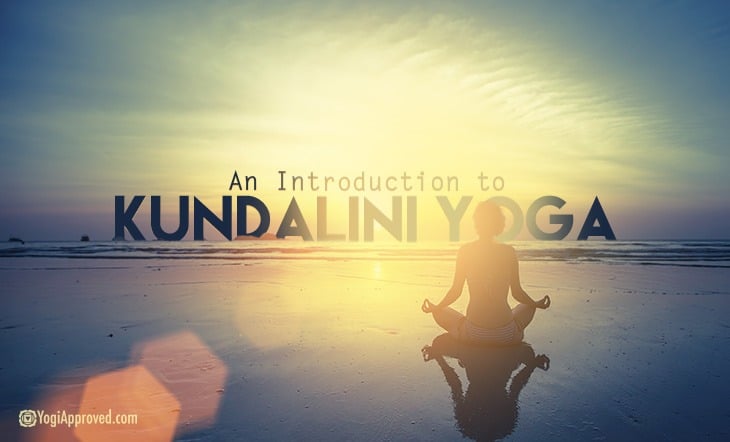
Kundalini featured image
If I was forced to choose my favorite yoga discipline to practice, it would be Kundalini Yoga hands down. I am, at heart, a Kundalini chick – it is the yoga that rocks my world.
If you’re wondering what is Kundalini Yoga, or if you want to deepen your understanding of this unique and incredibly impactful practice? Read on!
To start, Kundalini Yoga is a science. It works on the energy channels and meridians of the body, using postures, movement, breath, eye gaze, mudra, and mantra to activate pressure points within the body, enabling us to reach a higher state of consciousness and mental clarity.
What Is Kundalini Yoga and What’s It All About?
Yogi Bhajan brought Kundalini Yoga to America from India in 1969 and set about introducing Westerners to the practice. By using breath and movement, practitioners were – and still are – able to achieve the “high” feelings often only achieved through the use of narcotics, which were very popular in the late ’60s and early ’70s.
Kundalini Yoga focuses on the rising of Kundalini energy. This energy lies at the fourth vertebrae and is dormant in most of us – until awakened.
The energy is often described as coiled up and sleeping (much like a snake). Through movement, the energy begins to awaken and travels up the spine through the chakras to reach the Crown Chakra at the top of the head.
Often referred to as the “householder’s yoga,” Kundalini can be done anywhere and at any time. Kundalini Yoga, as taught by Yogi Bhajan, offers guidelines of how to live your daily life and how to conduct your yoga practice, such as a full 2.5 hour daily practice (known as Sadhana), keeping the head covered, always wearing white, and following a strict yogic diet.
I don’t know about you, but I don’t have two plus hours to commit solely to yoga every day (I wish I did). Sometimes my Sadhana may just be a three-minute meditation, and this is perfect.
Kundalini Yoga 101
Much of Kundalini Yoga is used to balance the chakras, creating a clear path for energy to rise. By opening and balancing our chakras, we enhance all aspects of our lives and strengthen our internal “survival tools” to manage today’s challenges.
Want to learn more about the chakras? Read An Introduction to the 7 Chakras
Kundalini Yoga is multi-faceted and a class can involve meditations, chants (known as mantras), posture movements, and sequences (known as kriyas). These all allow the body and mind to be taken to a different state of consciousness and awareness.
A Kundalini meditation can be as short as 30 seconds, up to 11 minutes, or even as much as 62 minutes. But each is timed to allow the chemical changes in body, blood, and brain to take place.
Kundalini Kriyas and Mantras
Kriyas are a set of postures/movements/breath work done in sequence and to specific lengths of time. The sequence never changes. Every posture or movement is timed to bring about a response in the body, which when accompanied by the rest of the kriya, will bring the body and mind to a particular outcome.
Chanting is very powerful and has a direct impact on our brain patterns and thoughts. At the beginning of each Kundalini Yoga class, the chant “Ong Namo Guru Dev Namo” is recited three times. It is loosely translated as “I bow to the divine teacher within.”
This chant connects you to the chain of teachers that have gone before and also connects you to your inner teacher/guide. I love that concept – being taught by the teacher that is already within us.
We are so often told that all the answers to our own happiness lie within. This always reminds me to notice my inner world and the changes that are taking place. At the end of the class, the chant “Sat Nam” is repeated three times. This is translated as “truth is my name.” When we leave our Kundalini Yoga practice, we vibrate the truth.
Try a Simple Kundalini Yoga Exercise:
Some kriyas have 10 to 11 different components, while others have just one. As an example, Sat Kriya is a wonderful practice that incorporates just one movement. Sat Kriya is truly powerful – it stimulates and balances the First, Second, and Third Chakras and also energizes the entire body, healing every cell.
Let’s try it:
- Sit in a kneeling position, on your heels. If this is uncomfortable, you can sit cross legged instead
- Raise your arms into the air with your elbows straight and arms close to your ears, and interlace your hands
- Keep your index fingers pointing upward
- Say the word “Sat” while pulling your tummy muscles in sharply
- Then say “Nam” while relaxing your tummy muscles
- Do this continuously for one minute, eventually working up to three minutes
- At the end, take a deep breath in and hold the breath as long as you can while engaging your Root Lock, Mula Bandha (the energy center located in the pelvic floor area)
- Repeat twice more and relax
The Takeaway on Kundalini Yoga
Many of the Kundalini Yoga positions and practices look easy on the surface. However, it is the repetition that challenges us and consequently changes our brain patterns, brain waves, and chemical makeup of our blood and bodies.
Pushing the body and mind can bring out deeply-rooted emotions and trauma, so be patient and allow yourself to experience the journey. All Kundalini Yoga is healing; we just may have to break things down first.
Personally, I find that Kundalini challenges and nurtures the mind as much as the body in a way that no other yoga practice has. Not only does my body become fitter and more flexible; my mind is open and clearer.
Whether you choose to follow this lifestyle or not, rest assured that Kundalini Yoga (even if you can only manage three minutes of breath practice) will change the way you feel and lift your spirits.
As Yogi Bhajan said, “Yoga is not going to make you great. Yoga is going to make you you!”
Have you practiced Kundalini Yoga before? Are you brand new but interested in trying it? Let us know in the comments below. We love hearing from you!


This Month's Letter
From the Editor
Monthly motivation and food for
thought from our founder.

